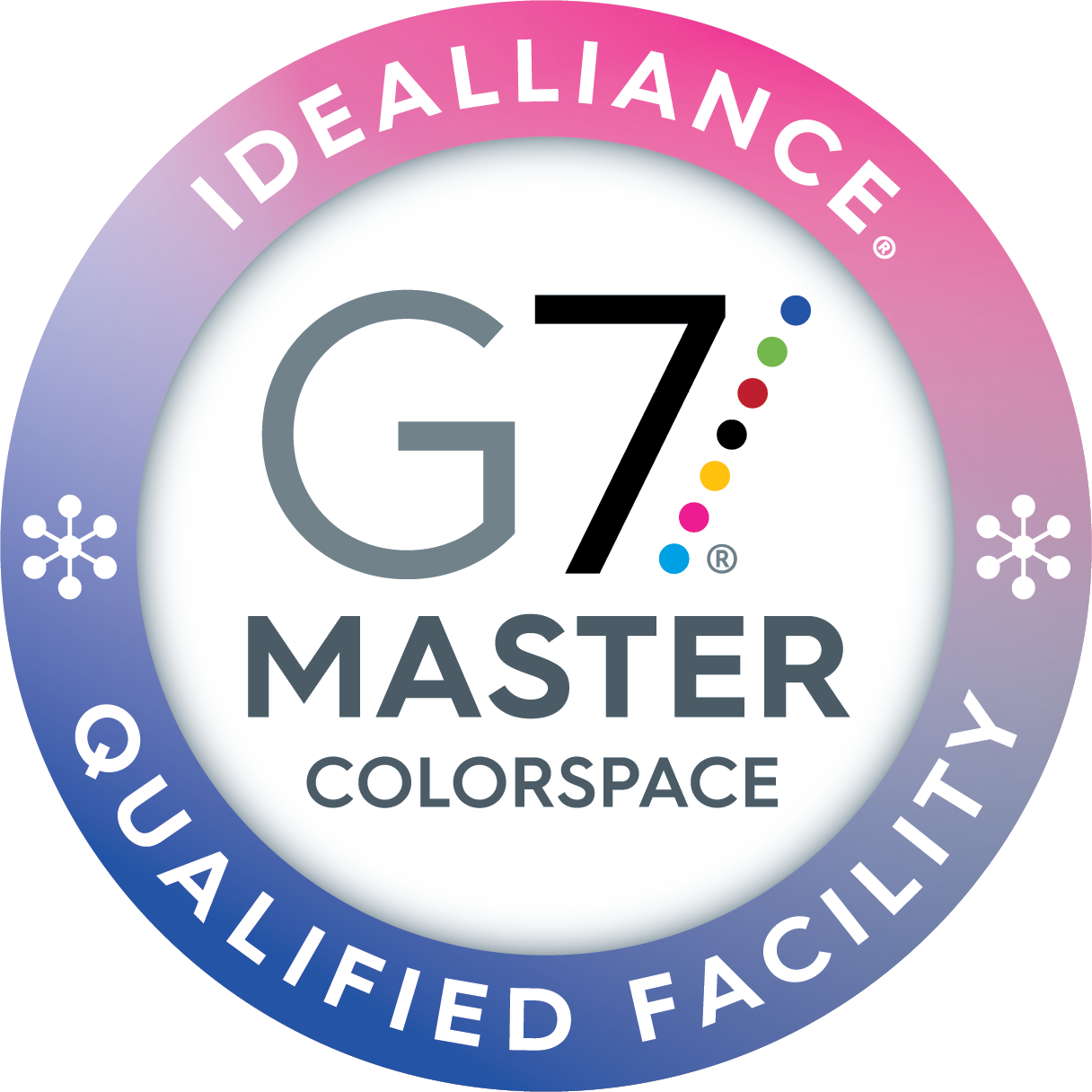Choosing the best option for binding your project can be determined by the way the job is printed. This will vary depending on whether it prints digital or offset. The type of binding is usually selected based on the function and requirements of the document, the size, the number of pages it will contain, and your printing budget. Some of the most common bindings include saddle bind, perfect bind, spiral or wire bind, wire-o, and hard case bind.
The saddle bind is an economical option for magazines or booklets, up to 96 pages plus a cover. As the number of pages increases, perfect binding becomes a more suitable option. Normally, we recommend perfect binding for 64 pages and up and saddle bind for less than 96 text pages.
Case binding is a term is used widely to describe hard cover books. This also refers to “coffee table” books. This option is best suited for books, which are expected to have a longer life. There are different types of case bindings available depending on the type of project and your budget. Discuss options with your TigerPress Account Manager.
The bindings mentioned above are just some examples of what is available. There are many different variations of each which will suit a particular need and may add to the quality and look of the final product. For example, a different version of saddle bind is loop stitched bind. For wire binding, you have options for standard, semi-concealed or concealed binding to make the final product more attractive. Some other types of binding are side stitched, screw bind, tape bind, comb bind, coil bind, and many more….
Just about all of the bindings mentioned in this article are available for both digital and offset printing. Although the look may be the same, the process in which the binding is produced is different for each type. This would affect the strength of the binding and you should discuss the details with your sales associate in advance of production.
The selection of binding should be part of the conceptual design of your project. It is important to discuss the options and your budget with your designer at the early stages of the design. This will provide you with necessary information to make the right decisions for your project.




